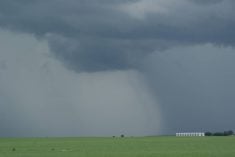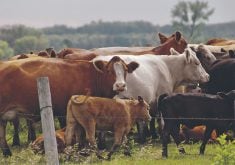The federal agriculture department is a vast and varied affair.
Employing 5,500 people, it is responsible for a wide array of functions, from policy to research and marketing to trade negotiations.
And then of course there’s all the additional organizations that fall under its jurisdiction, including the Canadian Dairy Commission, the Canadian Grain Commission, Farm Credit Canada and the and the Farm Products Council of Canada.
It makes for a sprawling bureaucracy.
In some ways, life was a lot simpler for the department when it was formed in 1867.
Read Also

Farmer ownership cannot be seen as a guarantee for success
It’s a powerful movement when people band together to form co-ops and credit unions, but member ownership is no guarantee of success.
One of the first pieces of legislation under its purview was called the Act Respecting Contagious Diseases of Animals. Passed in 1869, it gave the chief veterinary inspector, who was also the dean of medicine at McGill University in Montreal, the authority to keep animal diseases out of the country.
It was pretty straightforward stuff compared to the much wider variety of responsibilities that today’s civil servants have to worry about.
However, as broad reaching as the department’s responsibilities are today, at least they are all related to agriculture in some form.
It wasn’t always like that.
In the department’s early years, besides keeping animal diseases at bay, the department was responsible for a bunch of other stuff as well, such as public archives, immigration, public health, censuses and statistics, patents, copyrights and trademarks.
Proponents of smaller government can take inspiration from this early example of streamlined bureaucracy.
Responsibility for the country’s archives is a particularly interesting case.
When the government received a petition in 1871 calling for the creation of a public archival repository, the parliamentary committee responsible for the Library of Parliament decided to hand it off to the agriculture department. Apparently, it was considered to be in charge of the “still embryonic field of the arts.” Go figure.
Anyway, the department eventually shed these non-agricultural responsibilities. The public archives became a separate department in 1912, the Dominion Bureau of Statistics (now Statistics Canada) was formed in 1918 and the Department of Health was created in 1919.
And the agriculture department became a simpler place again — well, sort of.















